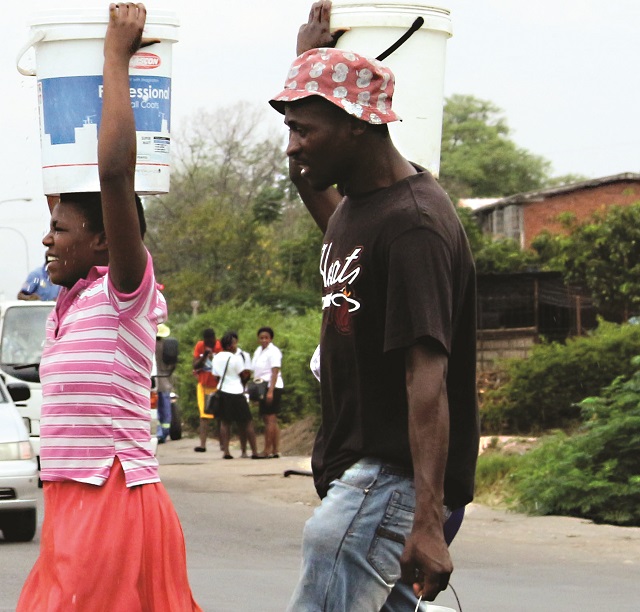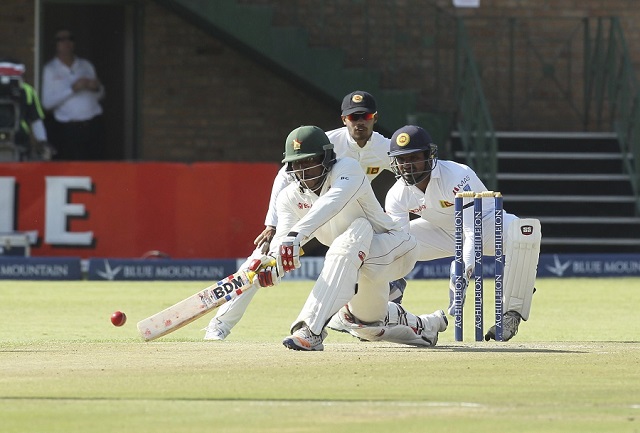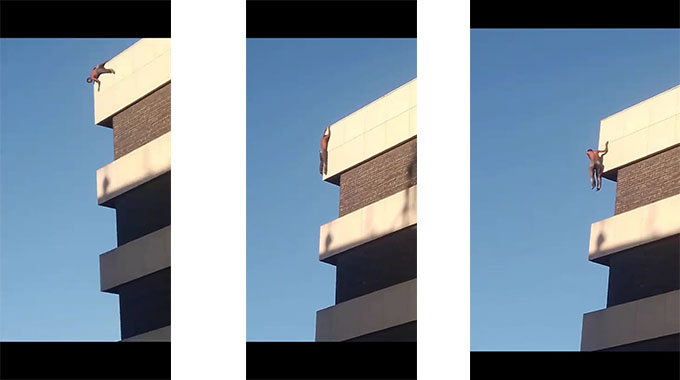72-hour water shedding for Bulawayo

Thandeka Moyo, Chronicle Reporter
THE Bulawayo City Council yesterday reviewed its water shedding schedule to 72 hours per week as the amount of water in supply dams and reservoirs has gone beyond critical levels.
The local authority also warned that if residents fail to use less water under the new schedule, more stringent measures would be implemented.
At the height of water shedding in 2013, Bulawayo residents went without water for up to four days in a week.
Last week the city embarked on a 48-hour weekly water shedding regime which it failed to adhere to leaving residents stranded, with some suburbs now having gone for seven days without water.
Apologising for the non-adherence to the water shedding schedule, council Senior Public Relations Officer Mrs Nesisa Mpofu said water levels in reservoirs supplying some suburbs had gone below critical levels, rendering them unable to pump water.
“This was necessitated by the need to increase the levels for Magwegwe Reservoir which supplies most of the Western areas and Tuli Reservoir (supplying most of the eastern areas) which had gone below their critical levels,” said Mrs Mpofu.
“The two reservoirs had gone drastically low and as a result this affected the water pressure in suburbs that had been reconnected with water supplies especially those in high lying areas.”
She said reviewing the hours would help save the little water left for the city.
“Bulawayo City Council wishes to advise residents that there has been a slight change in the water shedding schedule from 48hrs to 72hrs a week,” Mrs Mpofu said.
“This is to try and conserve water and be able to manage the limited resources and declining dam levels.
“Although all attempts will be made to stick to the schedule, it is subject to change without notice in cases of emergency and operational challenges. Residents are encouraged to ensure that taps are tightly closed at all times.”
Mrs Mpofu said dam levels continued to drop at a faster rate due to the heat.
“We tried following the water schedule but due to operational challenges we failed,” she said.
According to council, power cuts by the Zimbabwe Electricity Transmission and Distribution Company continue to hamper the continuous pumping from the supply dams and bursts along the major conveyance lines.
“There are major frequent breakdowns on the Mtshabezi pipeline for instance. There has been no pumping for almost a week since the shedding time. This supposed to add to the water supply since Umzingwane Dam has been decommissioned,” said Mrs Mpofu.
“The water supply from Nyamandlovu is still very low at an average of 2.5ML per day giving the city more stress to the current supplies.
“The above issues have hampered the water distribution in the city by depleting almost all the water in the service reservoirs. The proposed programme will try and enhance building up pressure within the city and normalise the situation”.
Council also warned residents against storing water in drums.
“We therefore wish to appeal to all consumers to conserve and use water sparingly so as to avoid a water shortage,” said Mrs Mpofu.
Bulawayo is facing its worst water crisis in five years. Its six supply dams, Insiza, Mtshabezi, Inyankuni, Umzingwane, Lower and Upper Ncema are at about 30 percent of their collective capacity.
Already, Upper Ncema and Umzingwane dams have been decommissioned and more may follow if there is no substantial rain in their catchment areas in Matabeleland South.
The city faces a water crisis at the end of almost every year and has been under water rationing since 1984.
The permanent solution to water shortages in Bulawayo and Matabeleland is said to be the National Zambezi Water Project that was first mooted in 1912.
@thamamoe











Comments